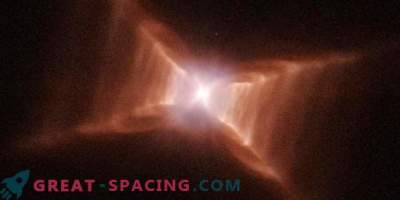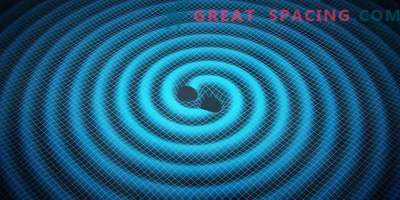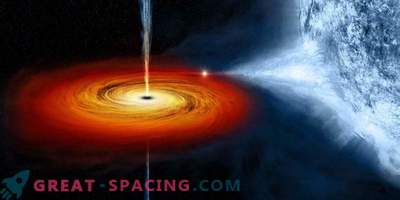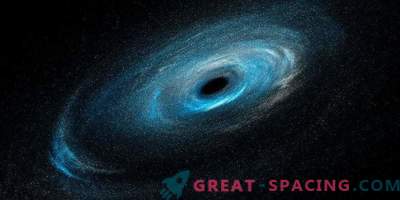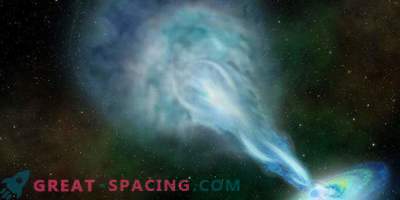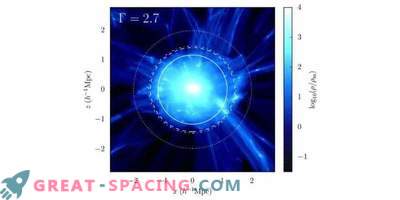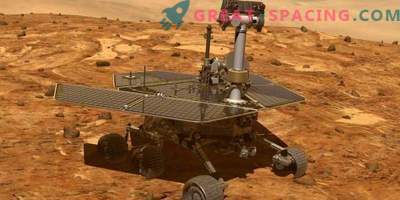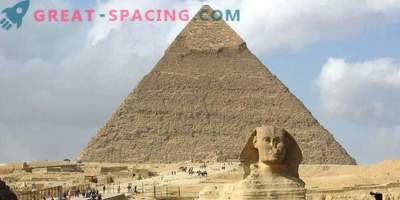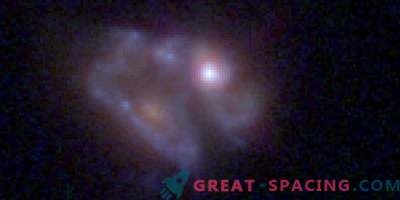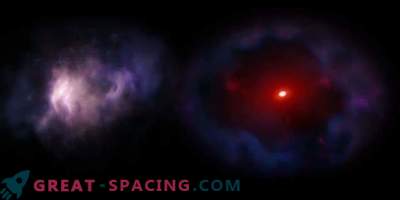
Astronomers from the University of Bristol (UK) discovered in the radio galaxy NGC 6109 an unusual jet with a donut shape. For the first time, a similar jet morphology is observed in a low-power radio galaxy.
NGC 6109 is 400 million light-years distant from us and belongs to low-power galaxies with a head tail. Monitoring it 40 years ago with the WSRT radio telescope showed that its radius extends for a projected distance of 800,000 light years. Subsequent analyzes also demonstrated the presence of a counter-jet located opposite its main jet.
A new review reveals more data on the morphology of the headwash. For the study, the Very Large Array in New Mexico was used to study how low-bias radio galaxies interact with the external environment. As a result, it was possible to identify the morphology of the jet in the form of a donut.

Radiopolarimetry displayed a complex structure of the magnetic field along this component, which is directed mainly radially to the jet axis. In addition, structures with a high degree of rotation were found for this feature. Scientists also added that infrared, optical or X-ray radiation is not associated with this formation. Observation data indicate the interaction of the jet and the external environment. This may be the cause of unusual morphology. Based on all the data, the researchers propose a possible hypothesis that explains the contact behind the donut form. There is an option that the whole thing is in the ballistic model of precession. That is, the essence is in the influence of external wind on the components, which leads to a diffuse state and return back in the direction of the main jet. But the lack of x-ray and optical radiation hints at a low level of external gas density.
There is also an assumption about the contact model, where the trajectory of the counter-jet is broken due to the external environment. Further research is needed to determine which of the hypotheses is the most plausible.




